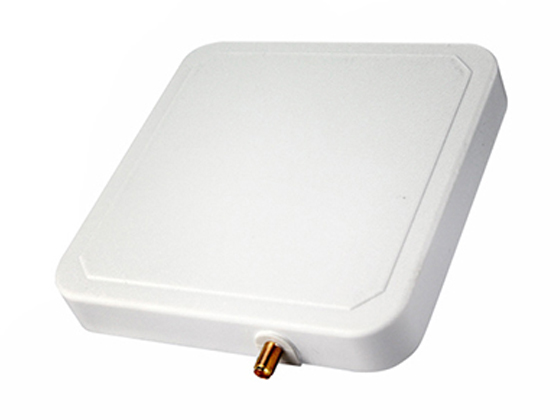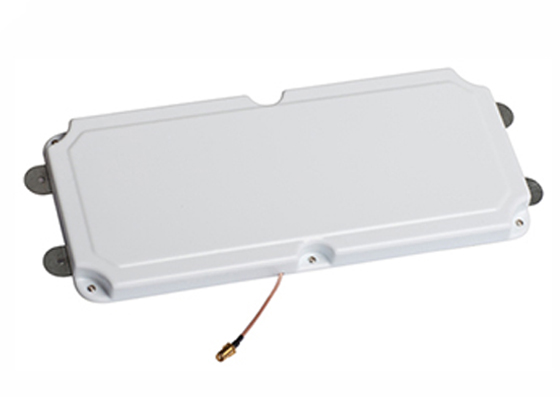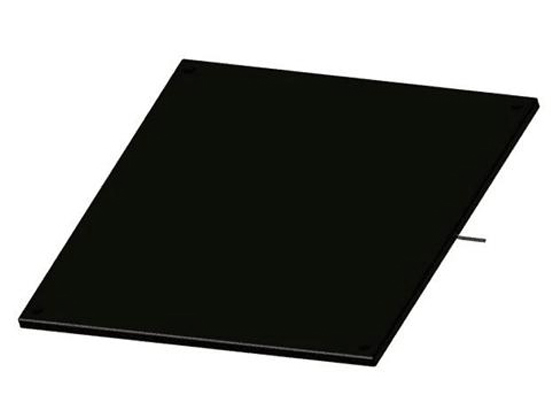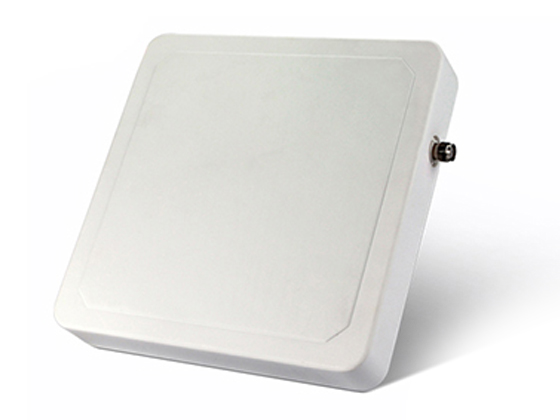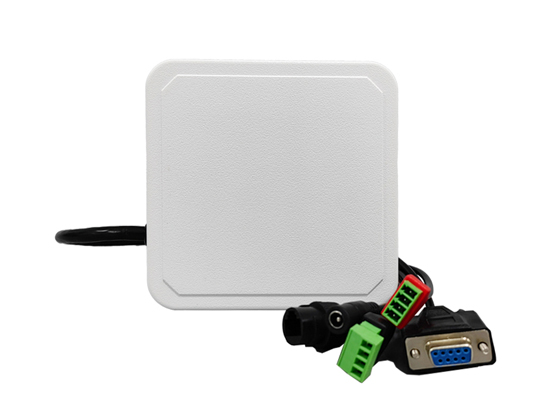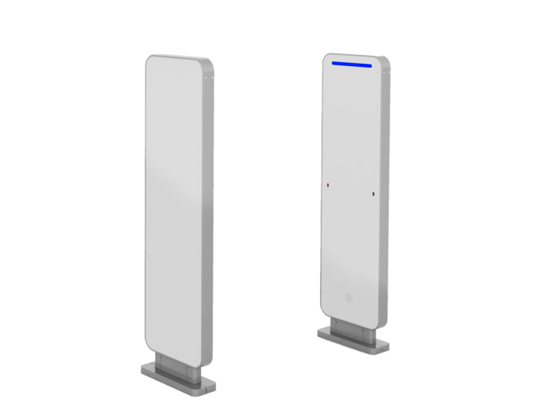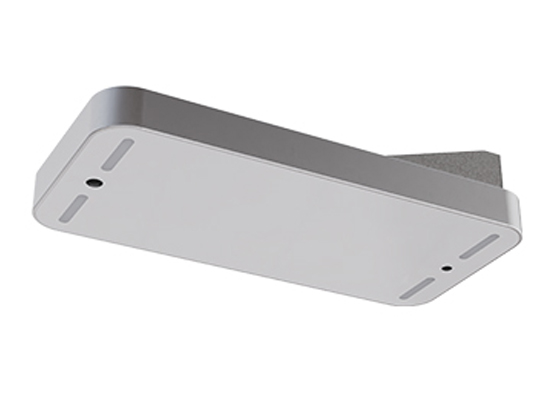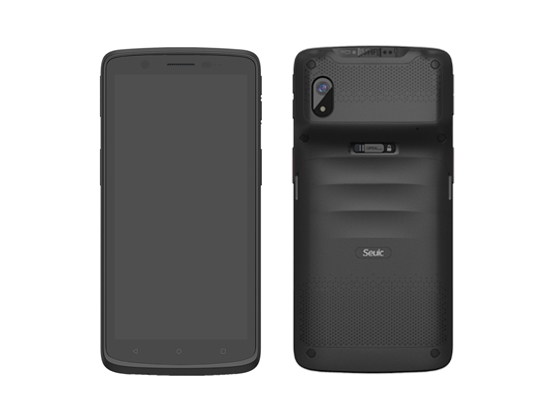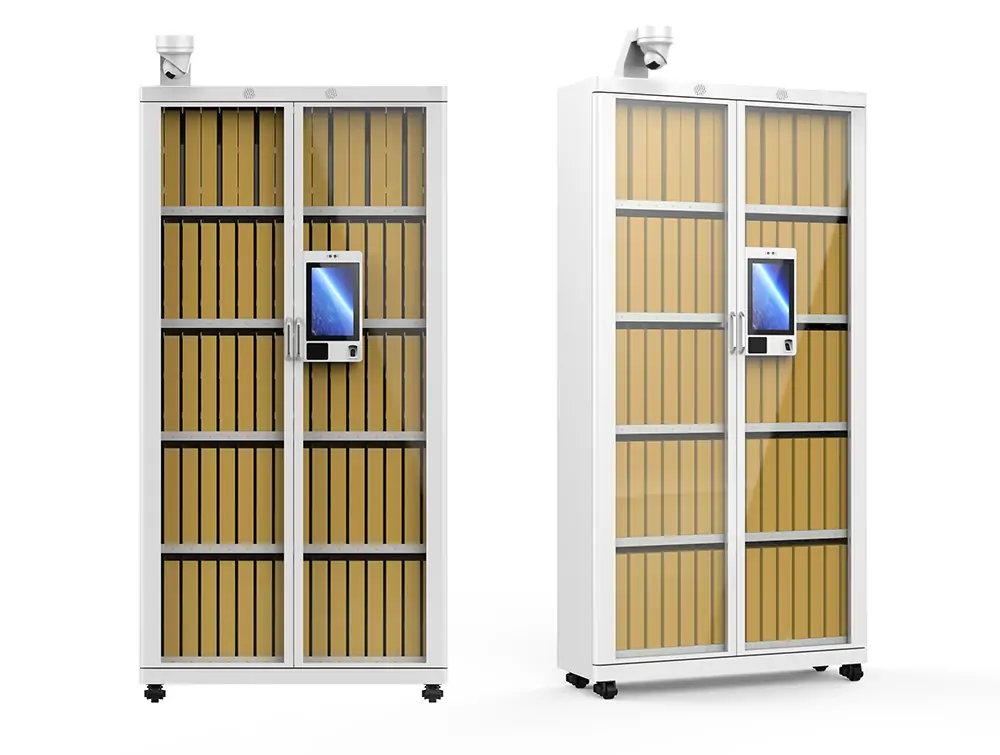
According to different application scenarios, the selection of different RFID equipment will have a great impact on the use of the entire project, and the selection of RFID equipment will become a key part of the success of the project. At present, the three hardware devices that comprise the RFID technology system include RFID electronic tags, RFID characteristics and RFID readers. Today, we will analyze how to select RFID equipment in the vehicle management project.
About RFID electronic label selection
First of all, we should consider the identification distance of RFID electronic tags. The approximate range of the required identification distance is determined by the actual application scenario. The distance of RFID identification should be an important factor to consider. For different distances, the choice of equipment, especially electronic labels, has a very big difference, mainly reflected in the operating frequency of the labels. In vehicle management, it is necessary to fully consider the distance range of vehicle identification when obtaining vehicle label information, which can not be too close and may lead to "group reading" phenomenon, and can not be too far and cause missing reading and misreading phenomenon. Among them, special attention should be paid to the distance between the RFID reader deployed to read the electronic tag information of the car when the car enters and exits the garage and the vehicle, because this link not only involves the acquisition of the vehicle status information, but also involves the statistics of the vehicle information in the garage.
Second, consider the directionality of reading RFID tags. Taking into account the characteristics of vehicle logistics, whether it is in the final assembly link of the vehicle under the production line, or the link of the vehicle in and out of the various vehicles or dealers, the logistics operation and management of these vehicles are basically continuous operations like the production line. Due to the technical characteristics of RFID, RFID can read multiple labels at the same time, but this needs to be adjusted when collecting information in and out of each physical link of vehicle logistics, and the reading of vehicle electronic label information should also be carried out one by one in accordance with the principle of order. Therefore, it is necessary to take into account the directionality of label reading, and the higher the reading sequence requirement, the stronger the corresponding reading directionality requirement.
Finally, through a comprehensive analysis of the usual situation in vehicle management, the collection distance of vehicle information is basically within 1-10 meters. If the identification collection distance is too large, it is not conducive to management operation, and too small is not conducive to distance control between vehicles. Therefore, from the perspective of the distance factor, the electronic label that meets the condition should work at a ultra-high frequency. Based on the current use of this band, typical frequencies are 433.92MHz and 862(902) to 928MHz. In addition, due to the high quality and life requirements of the label for vehicle management, passive labels can be selected. The passive label is small in size and light in weight, and can be made into various shapes and installed on the car body according to the requirements.
About RFID antenna selection
In vehicle management, it is common to encounter the cross-reading of adjacent tags. In order to prevent group reading of vehicle information, when the reader and the tag work, the reader can only read one electronic tag on the vehicle at a time as far as possible. To meet this requirement, in addition to controlling the installation position of the RFID reader antenna, it can be realized by physical means. What is more important is to choose the polarization mode of the antenna. The antenna polarization mode has linear polarization and circular polarization, etc. In similar projects, the label installation direction is basically the same, so you can choose the linearly polarized antenna, and the beam Angle of the linearly polarized antenna on the E or H plane can be 30 degrees, so the radiation is very narrow, which can solve the problem of crosstalk reading of adjacent labels.
About RFID reader selection
After determining the working frequency of the RFID system in the entire vehicle management and the polarization mode of the reader antenna, the choice of the reader is relatively fixed. With the development of RFID technology, the price of readers will be further reduced, the performance will be further improved, and the reader equipment will develop in the direction of modularity and intelligence. In vehicle management, the main use is fixed reader. RFID reader is used in vehicle management to realize the identification of vehicles and automatic deduction of fees. If the remote RFID reader is used, it can achieve a fast channel without stopping, without taking cards, or an unattended channel, or an unmanned electronic detection of vehicle access.






